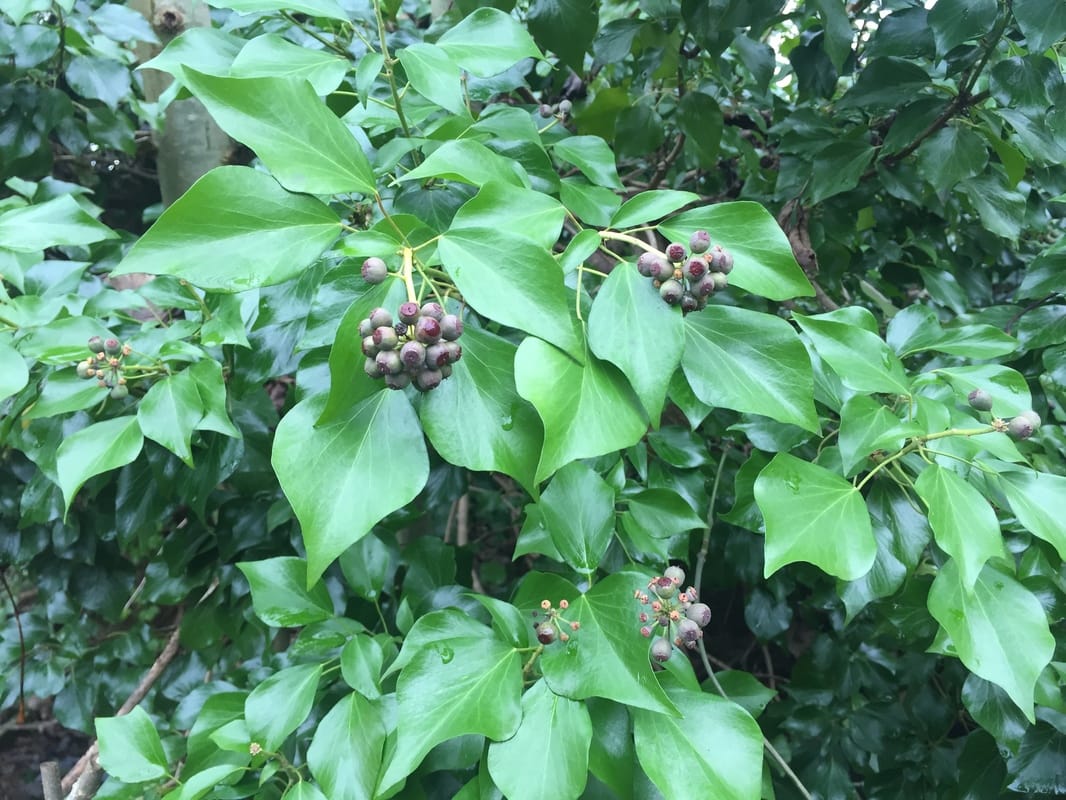|
All over the world, for thousands of years, people of all cultures and races have celebrated the Winter solstice and the passing of the longest night. Festivities usually included the decorating of dwelling places with evergreens, a tradition which many of us still take part in today. In ancient times the vibrant red berries of holly (Ilex aquifolium) represented fertillity and the promise of new life. Anyone who has seen a flock of migrating redwings descend upon a holly tree in mid-Winter has borne witness to its life-sustaining properties.
These days we have immense choice when selecting evergreens, not just for our decorations but also as permanent features in our gardens. Varieties of Pittosporum, Euonymus and Choisya are available in myriad shades of green, some with variegated selections. Cotoneaster, Aucuba and Sarcococca have bright berries. Daphnes and Viburnums illuminate mid-Winter with flowers and scent. We may no longer be choosing these plants for their symbolism, but they all still play an important role in our gardens today. They provide structure, texture and colour when all of the deciduous, perennial and short-lived plants have gone over. They soften boundaries, create and obscure views, and draw you deeper into a garden. They invite and sustain wildlife throughout the year. But that's a subject for another blog. In the meantime, happy Solstice. And take heart that even on the bleakest Winter day, the embers of new life are now beginning to rekindle below the soil.
0 Comments
Your comment will be posted after it is approved.
Leave a Reply. |
AuthorCaroline Butler is a garden designer based in Bristol Archives
October 2018
Categories |













